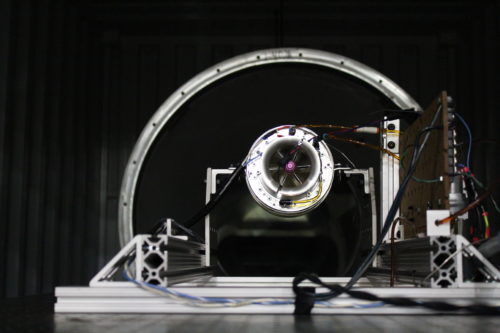Protect Turbines & Engines with Subscale Turbine Particle Test Rigs
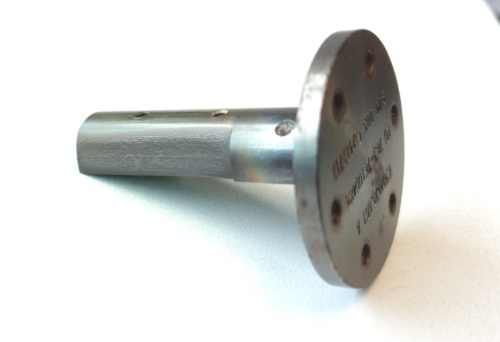 Solid particulates—such as sand, volcanic ash or airborne pollutants produced through the burning of fossil fuels—pose a significant risk to power turbines and jet engines employed in the industrial, commercial, and military sectors. Whether natural or manmade, these contaminants can severely impact the performance and durability of these systems and, in some cases, cause damage and subsequent failure.
Solid particulates—such as sand, volcanic ash or airborne pollutants produced through the burning of fossil fuels—pose a significant risk to power turbines and jet engines employed in the industrial, commercial, and military sectors. Whether natural or manmade, these contaminants can severely impact the performance and durability of these systems and, in some cases, cause damage and subsequent failure.
Once inside the turbine flow path, depending on the temperature, the particles could cause different type of damages to critical operating components. For systems regularly exposed to dust and other solid pollutants, understanding the sources and mechanisms of particle-related damage is essential for engineering an effective solution to mitigate the problem and maintaining long-term optimal performance. These necessities are especially relevant due to the increasing number of military and aviation operations occurring in dry dusty environments, as well as the increased incidence tied to the presence of the volcanic ash dispersed in the flight altitude.
Particle testing is one of the most critical steps in identifying and evaluating these potential pain points. This blog post outlines the basic principles behind the testing procedure and the testing capabilities offered up by Testing Devices, Inc.
Fundamentals of Turbine Particle Testing
All gas turbines take in large amounts of air and are therefore at risk of particle damage. The danger is present whether the turbine is land-based or airborne and whether or not it has a filter, as even the most advanced filters cannot contain extremely fine particles of dust or ash.
Subscale Turbine Particle Test Rig uses a purpose-built test setup to assess a durability of a turbine parts to handle these anticipated rigors before it is actually exposed to them. The goal of the test is to understand how a given contaminant entering the turbine could interact and manifest into a damage. The information that’s key to predicting and preventing catastrophic failures. Early, accurate particle testing is especially valuable as different particle types, chemical compositions, and operating environments cause different reactions and issues within the system. For example, the operating temperature affects the phase of the particulate hitting the blade surface, which determines whether erosion or deposition occurs.
After conducting a particle test, an engineer gains a comprehensive understanding of how his or her component may react to these likely environmental stressors, making it an essential step in the design process.
Key Test Rig Capabilities
At Test Devices, Inc., we specialize in subscale stimulations that are fully adaptable to a wide range of test environment conditions. Our testing rig boasts the following capabilities:
- Max flow velocity: 370 m/s
- Demonstrated flow temperature: over 2400º F
- Overall exhaust mass flow rate:6 kg/s
- Particle feed rate:2, 0.5 grams/s, and higher
Within these constraints, we work with our customers’ teams to generate actionable data that inform future revisions and production choices.
Test Devices: Leading the Industry in Performance Testing
As the demand for air transportation grows and the aircrafts venture into harsher conditions, there’s ample demand for customizable particle testing that can account for all critical environmental factors. At Testing Devices, Inc., we offer state-of-the-art testing rigs and services designed for maximum precision and control.
Request a Quote and speak with our team about your ingestion testing needs today.



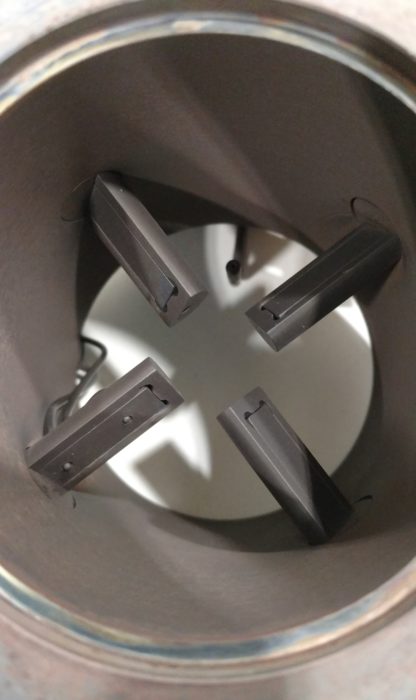

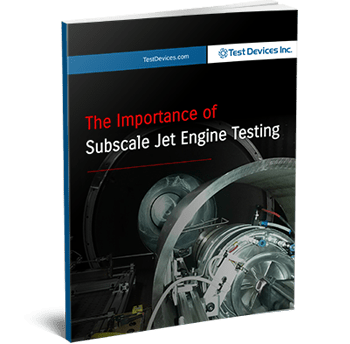

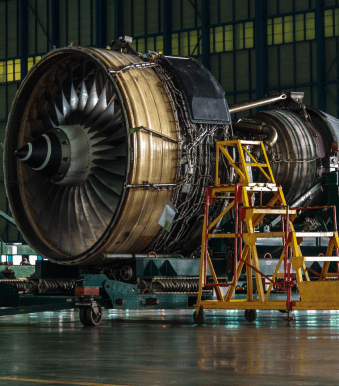
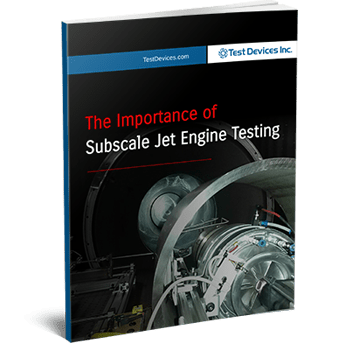

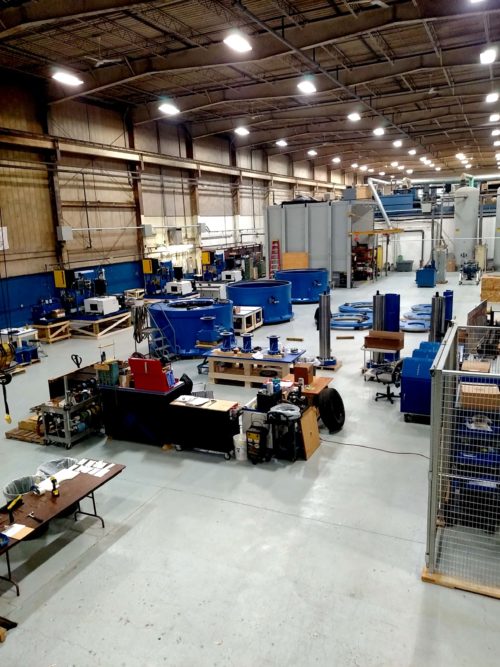 Shipping and receiving — To re-engineer the flow of parts coming into and out of our building, we relocated the shipping and receiving department to the front of the building to allow for expanded storage and handling areas along with additional cranes. In addition, the new area includes both plenty of space for trucks to back-in and an adjustable loading dock, allowing our forklifts to directly unload trailers. The relocation and improvements make unloading and loading operations significantly more efficient, contributing to reductions in turn-around time of customer parts.
Shipping and receiving — To re-engineer the flow of parts coming into and out of our building, we relocated the shipping and receiving department to the front of the building to allow for expanded storage and handling areas along with additional cranes. In addition, the new area includes both plenty of space for trucks to back-in and an adjustable loading dock, allowing our forklifts to directly unload trailers. The relocation and improvements make unloading and loading operations significantly more efficient, contributing to reductions in turn-around time of customer parts.